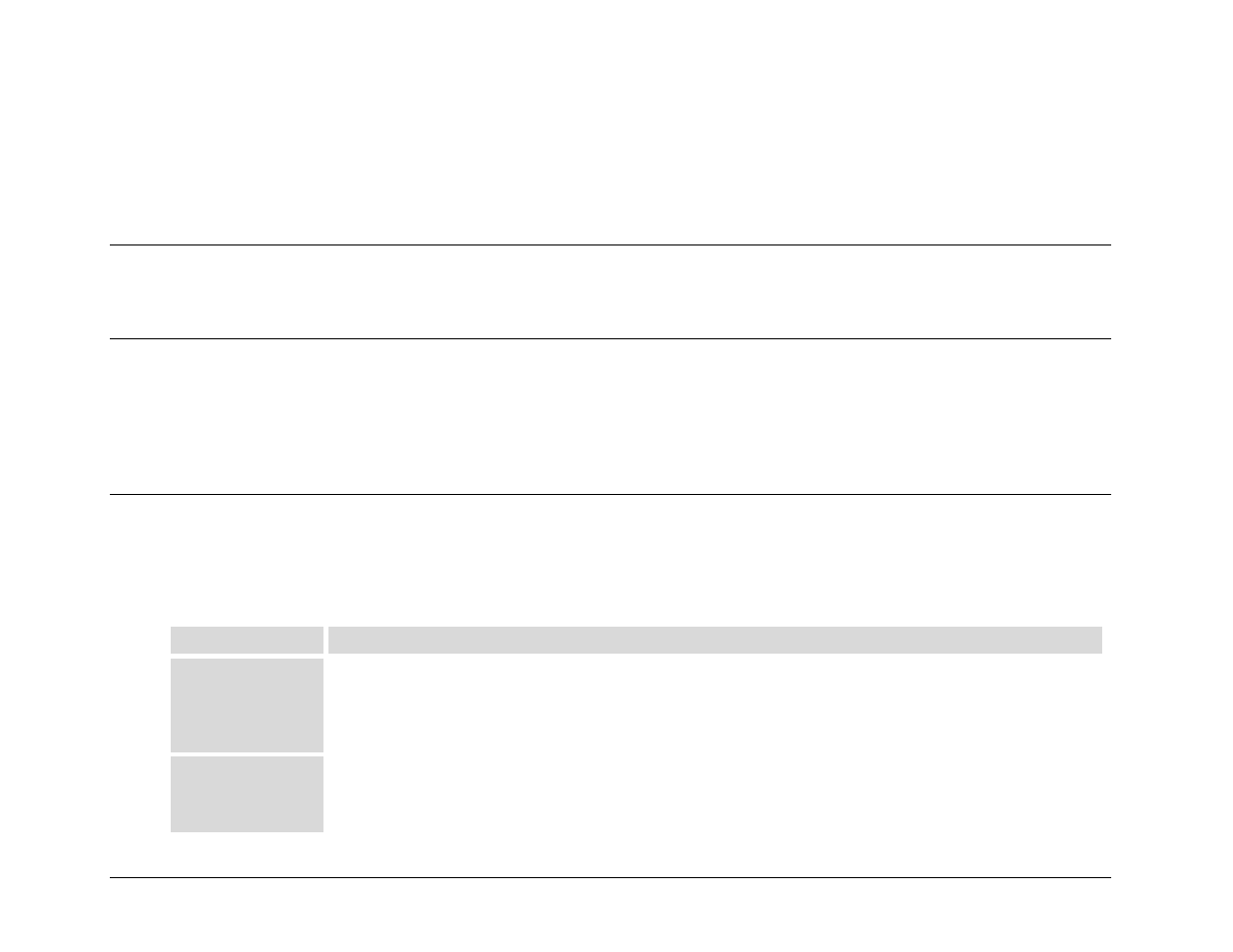3 address delimiter, 4 instruction code, 5 instruction code qualifier – Comtech EF Data CRS-311 User Manual
Page 136

CRS-311 1:1 Redundancy Switch
Revision 7
Serial-based Remote Product Management
MN/CRS311.IOM
6–6
Note that, regardless of the Switch remote communications being configured for either EIA‐232 or EIA‐485 mode, the internal link
between the Switch and the modems is always fixed at EIA‐232, 9600 baud, 8‐N‐1, address 0.
The Controller sends a packet with the address of a Target ‐ the destination of the packet. When the Target responds, the address used
is the same address, to indicate to the Controller the source of the packet. The Controller does not have its own address.
6.2.4.3 Address Delimiter
This is the “forward slash” character '/ ' (ASCII code 47).
6.2.4.4 Instruction Code
This three‐character alphabetic sequence identifies the message subject. Wherever possible, each instruction code is named to serve
as a mnemonic for its intended operation – e.g., BKH for BacKup Holdoff time, or SID for Switch ID, etc. This aids in the readability of
the message, should it be displayed in its raw ASCII form. Only upper case alphabetic characters may be used (‘A’ to ‘Z’, ASCII codes 65
‐ 90).
6.2.4.5 Instruction Code Qualifier
This is a single character that further qualifies the preceding instruction code. Code Qualifiers obey the following rules:
1. Controller‐to‐Target, the only permitted characters are:
Character
Definition
=
(ASCII code 61)
This character is used as the Assignment Operator (AO). It establishes that the Instruction Code that precedes it is to be used as a
command to assign or configure operation. The instruction set that follows serves to assign the Target’s new parameter setting or
operational value.
Example: In a message from Controller-to-Target, BKH=12 means “set the BacKup Holdoff time for 12 seconds.”
?
(ASCII code 63)
This character is used as the Query Operator (QO). It establishes that the Instruction Code that precedes it is to be used as a query
that returns the Target’s current configured parameter setting or operational value.
Example: From Controller-to-Target, BKH? means, “what is the BacKup Holdoff time?”